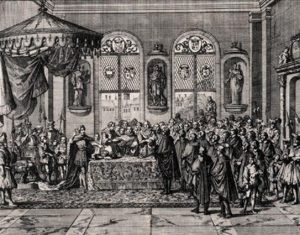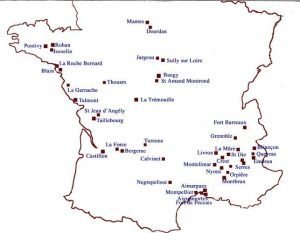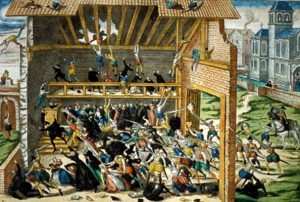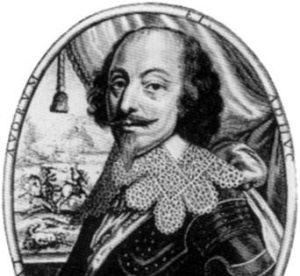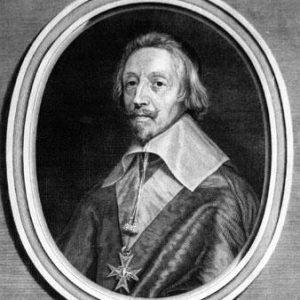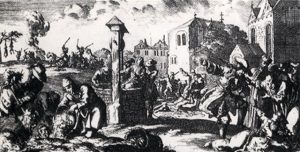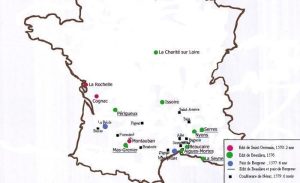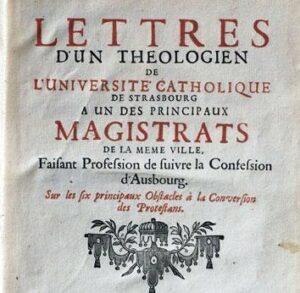The registration of the Edict of Nantes
The Edict of Nantes, signed in 1598 by Henri IV, put an end to 36 years of religious warfare. A period of true peace followed.
France, along with Navarre, was one of the few countries in Europe that officially admitted Protestantism and Catholicism.
Once the Edict was signed, Henry IV required it be promulgated. The Catholic authorities tried to prevent this. The parliaments could not bring themselves to admit the existence of two religions in the country and therefore refused to register the Edict. The parliament of Paris did not give up until a year later, in 1599, and those of Toulouse, Dijon, Rennes and Aix two years later and in Rouen eleven years later, in 1609.
The enforcement of the Edict of Nantes
Mixed commissions made up of one Catholic and one Protestant appointed by the king had the responsibility to supervise the implementation of the Edict.
From a religious standpoint, the Edict of Nantes legitimized the opening of a thousand places of worship which had already been set up in 1596 and 1597.
The places of worship were away from the cities but Henry IV allowed the Paris Protestants to have a gathering place in Charenton (in Val de Marne) although the Edict sent them about 14 miles away from the capital.
As it only recognized the existing communities, the Edict banned any kind of expansion of Protestantism. The Reformed congregation was estimated to be 1.2 million, including Béarn, which was one of the king’s properties.
The "privileges"
The Protestants made up a religious minority but also a party that enjoyed privileges (strongholds, political assemblies). Henry IV supported the Protestant party on account of the rivalry between France and Spain which supported the French Catholics.
The Edict had granted the Protestants strongholds, also called places of safety, for eight years only. In 1608, Henry IV granted the renewal of these privileges. For Henry IV, they ensured a protection against possible invasion of the southwest by the Spanish.
As early as 1601, the Protestants got the right to hold political assemblies again. They were assemblies with a large proportion of nobles which were in charge of the election of two church delegates who had the duty to present the king with requests and grievances. This had become necessary due to the hostility of the local clergy and the parliaments.
In 1610, Henry IV was assassinated by Ravaillac and the Protestants lost their protector.

